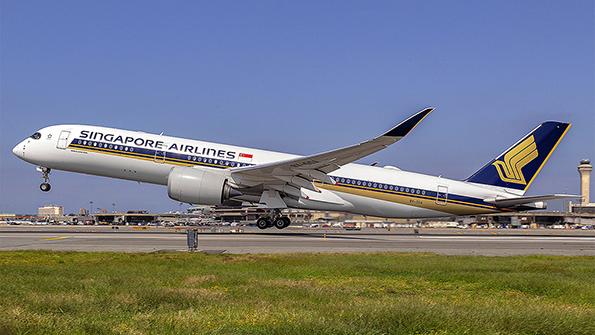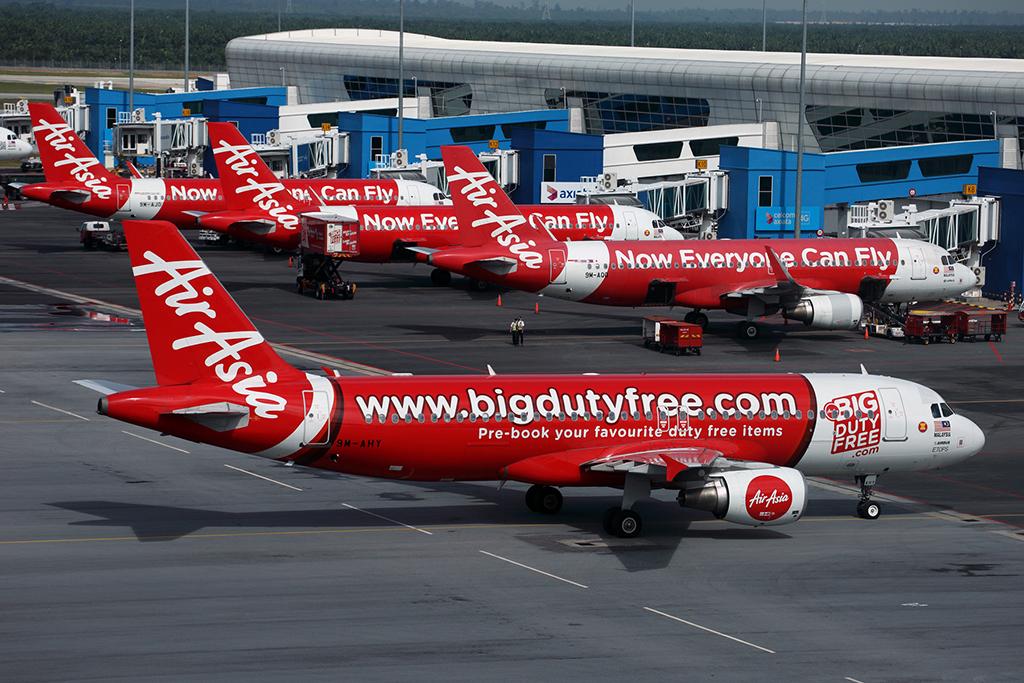
Airlines of Southeast Asia’s 10 countries are seeing different fates as their respective governments grapple with various stages of the COVID-19 pandemic and the impact on local economies.
Malaysia Airlines Berhad (MAB) is one of two flag carriers in the region for which the pandemic is proving perilous. After emerging from a nationwide lockdown and despite domestic travel numbers recovering, Malaysia is now suffering from a COVID second wave and partial lockdowns in some bigger states. Debt-laden MAB is in talks with various lessors and creditors to restructure debt, but says it will run out of cash payments in November. Currently owned by sovereign wealth fund Kazanah Nasional, the oneworld alliance member risks being shut down after letters seen by reporters show that Kazanah will stop funding MAB and instead prop up its regional carrier, Firefly.
On Oct. 15, the holding company for MAB, Malaysia Aviation Group, confirmed that Firefly will begin jet operations from the 2021 first quarter with up to 10 Boeing 737-800s that will likely come from MAB. Seeing a shift in travel patterns to short haul and domestic holidays, Firefly will operate the narrowbodies from Penang airport, joining its fleet of 12 ATR72-500s.
LCC AirAsia is facing similar cash challenges. With one of the largest orders for Airbus A320neo-family aircraft and A330neos, AirAsia has been forced to defer deliveries and is in talks to secure further loans and restructure debt. The company has shut down AirAsia Japan, written off its 49% stake in Thai AirAsia X, and fully liquated AirAsia X Indonesia. AirAsia Group CEO and founder Tony Fernandes is pushing digital and e-commerce products to help the company through the crisis, opening restaurants and promoting online shopping and remittance services.

There were rumors that MAB could merge with AirAsia prior to the pandemic, which is now almost certainly out of the question, since it is unlikely any investors will hedge on two heavily indebted carriers.
A string of bad luck prevented Vietnamese carriers from a full recovery despite the country getting early control of the pandemic and allowing airlines to restore their domestic networks to normal. A sudden July COVID-19 outbreak in holiday destination Da Nang dented hopes of steady leisure revenue through the summer season. Then in October, typhoons struck Vietnam over consecutive weeks, including Typhoon Molave, the country’s strongest in 20 years, prompting mass flight cancellations.
Despite being one of the brightest aviation markets in Southeast Asia, Vietnamese regulators have halted approvals of new airlines until the industry has fully recovered.
Tourism-dependent Thailand and its flag-carrier, Thai Airways, were brought to their knees when borders shut. Thai Airways received approval from the central bankruptcy court to draft a business reorganization plan in September, which will not be reviewed until the 2021 first quarter. Meanwhile, Bangkok has seen the arrival of the first batch of foreign tourists under a special tourist visa system in which passengers from “low-risk” countries can enter the kingdom for long stays of up to 270 days.
Thai Airways is another airline in the region trying to bridge the revenue gap by offering airline-themed restaurants, organizing paid tours and even selling expired lifejackets that have been remodeled into handbags and wallets.
In Singapore, the government is focusing on establishing green lanes and air travel bubbles in a bid to jump-start the aviation sector, while remaining wary of a virus resurgence. One of the most anticipated is the air bridge with Hong Kong, which will see quarantine-free travel permitted for both sides, including for leisure and non-residents. A sudden surge in community cases in Hong Kong forced the launch of the air bridge to be suspended until further notice. Neither Singapore nor Hong Kong have domestic markets, so the bridge would have been critical and would also have tested how much pent-up demand there is for international travel.
Singapore has also proactively established both reciprocal and unilateral quarantine-free arrangements with countries including Japan, New Zealand, Brunei and, most recently, Australia and China.
Singapore Airlines (SIA) successfully raised a further S$1.3 billion through private and institutional investors in November, adding to a total of S$12.7 billion raised since April, without direct government bailouts.
Anticipating a demand in air cargo to the northeast US, SIA also resumed in November the world’s longest nonstop commercial flight, from Singapore to New York-JFK. The 8,287 nm flight will use a standard Airbus A350-900. Leveraging on the airline’s strong transit network to Asia and Australia, SIA is expected to be first out of the gate once passenger demand to the US rebounds with this exclusive route.





